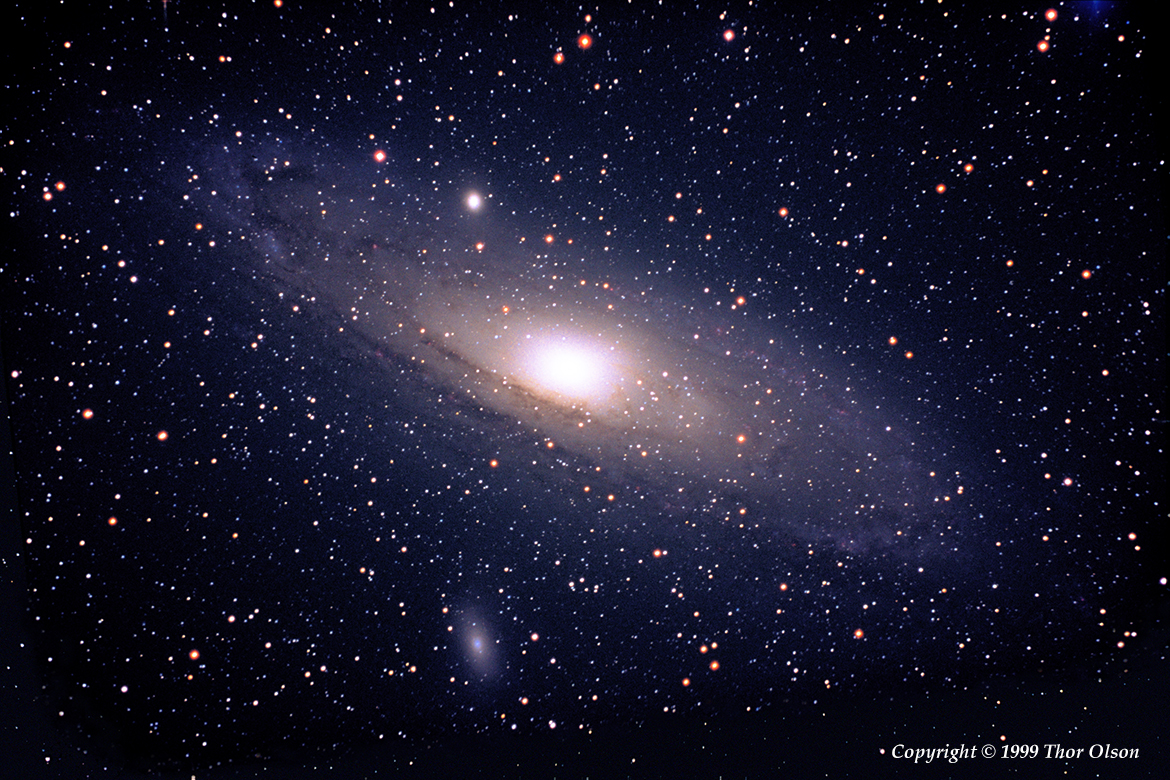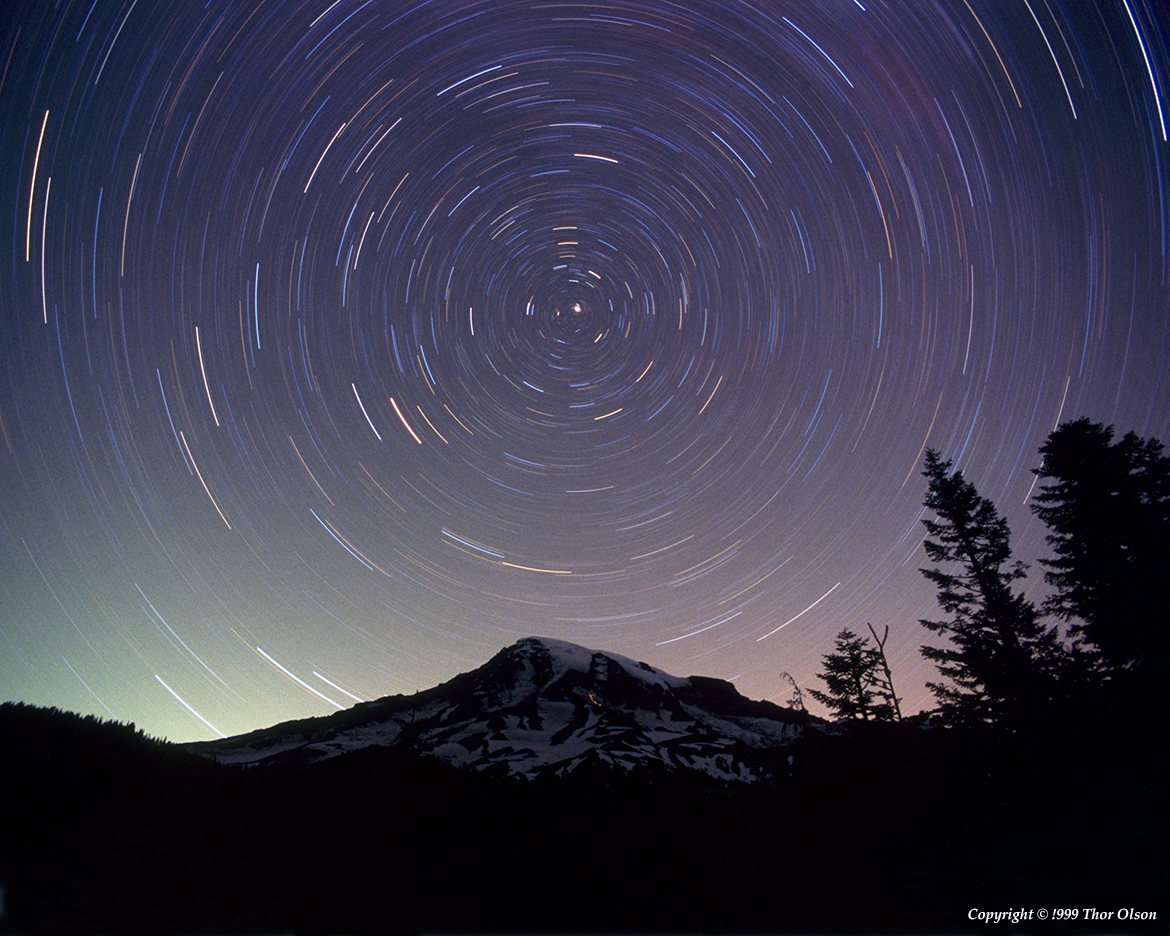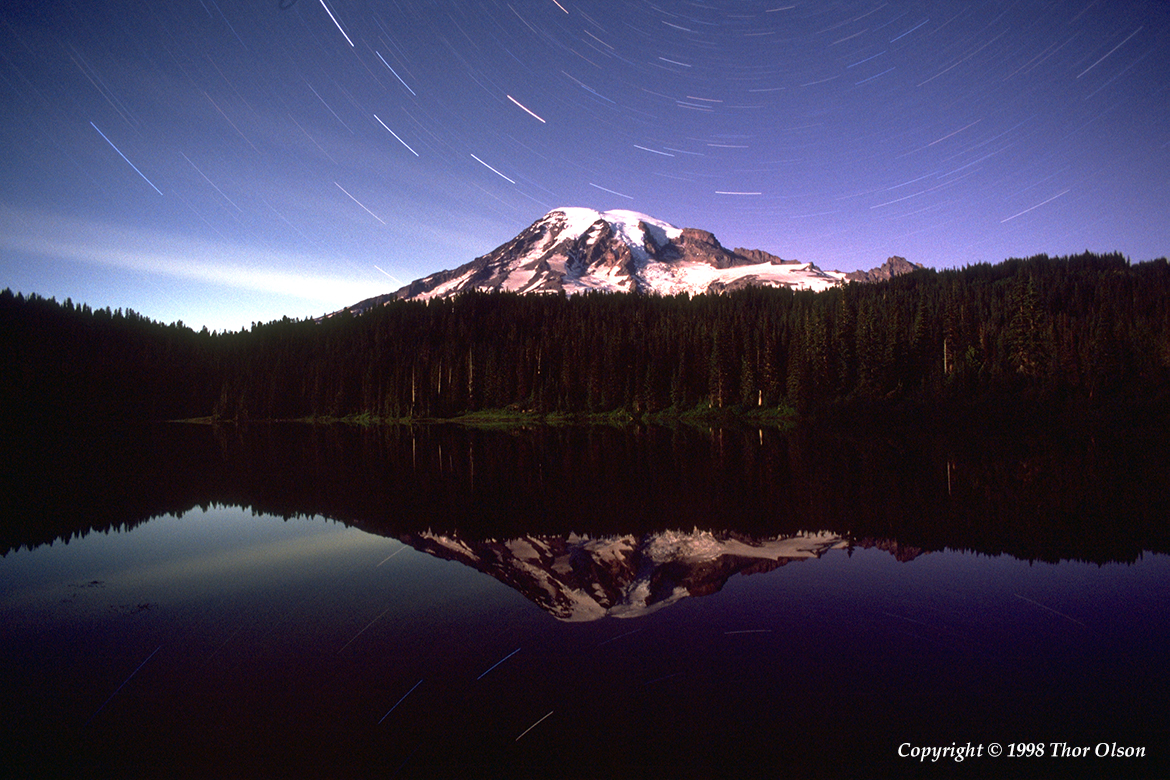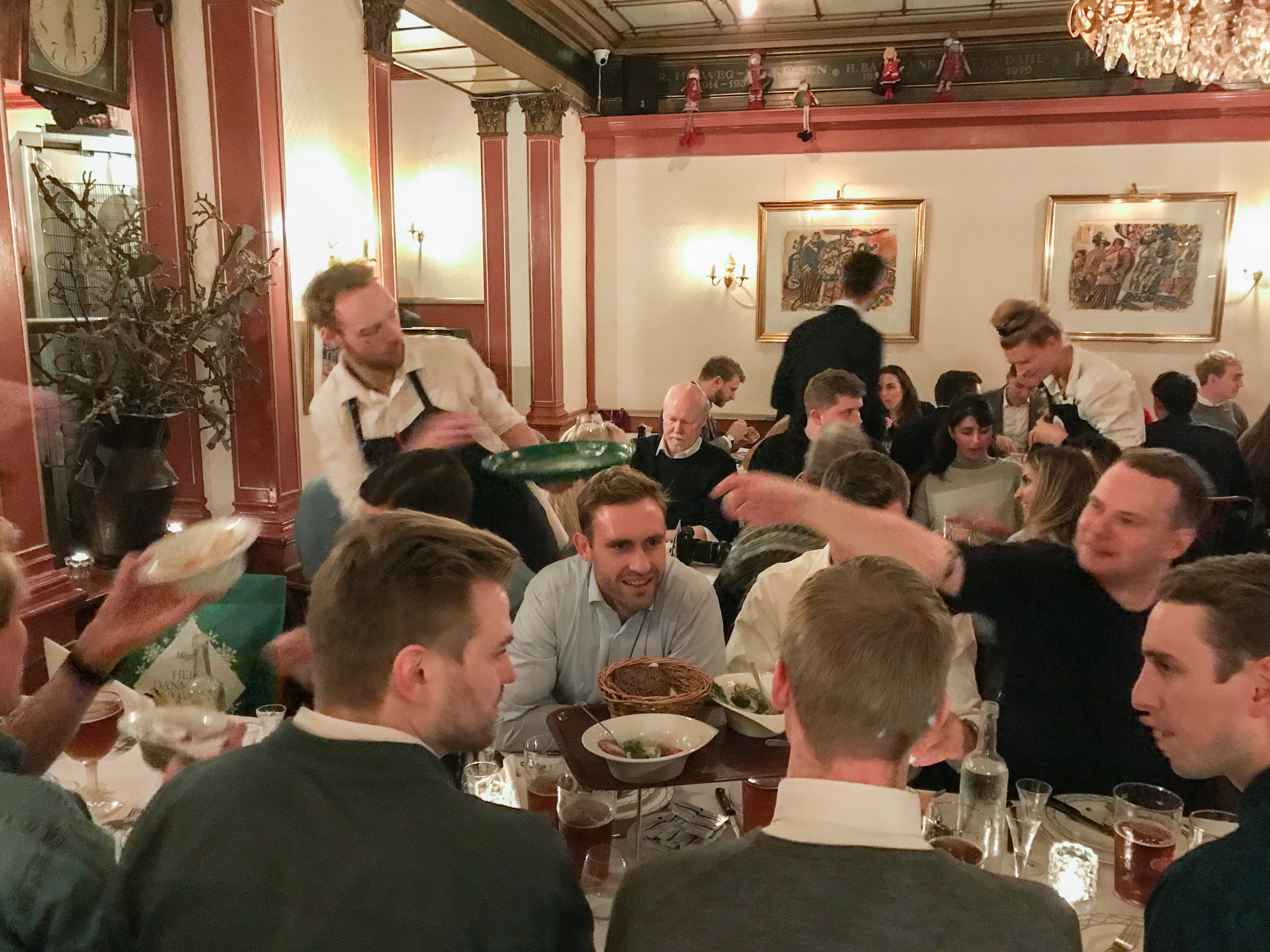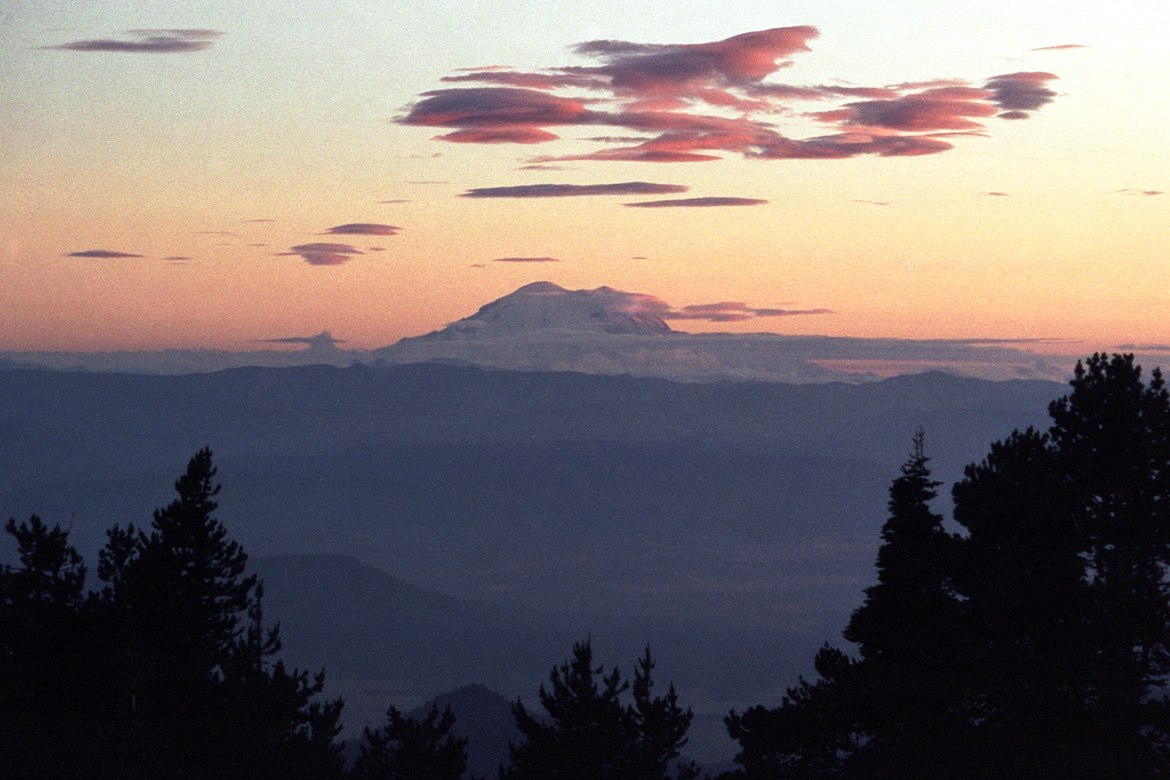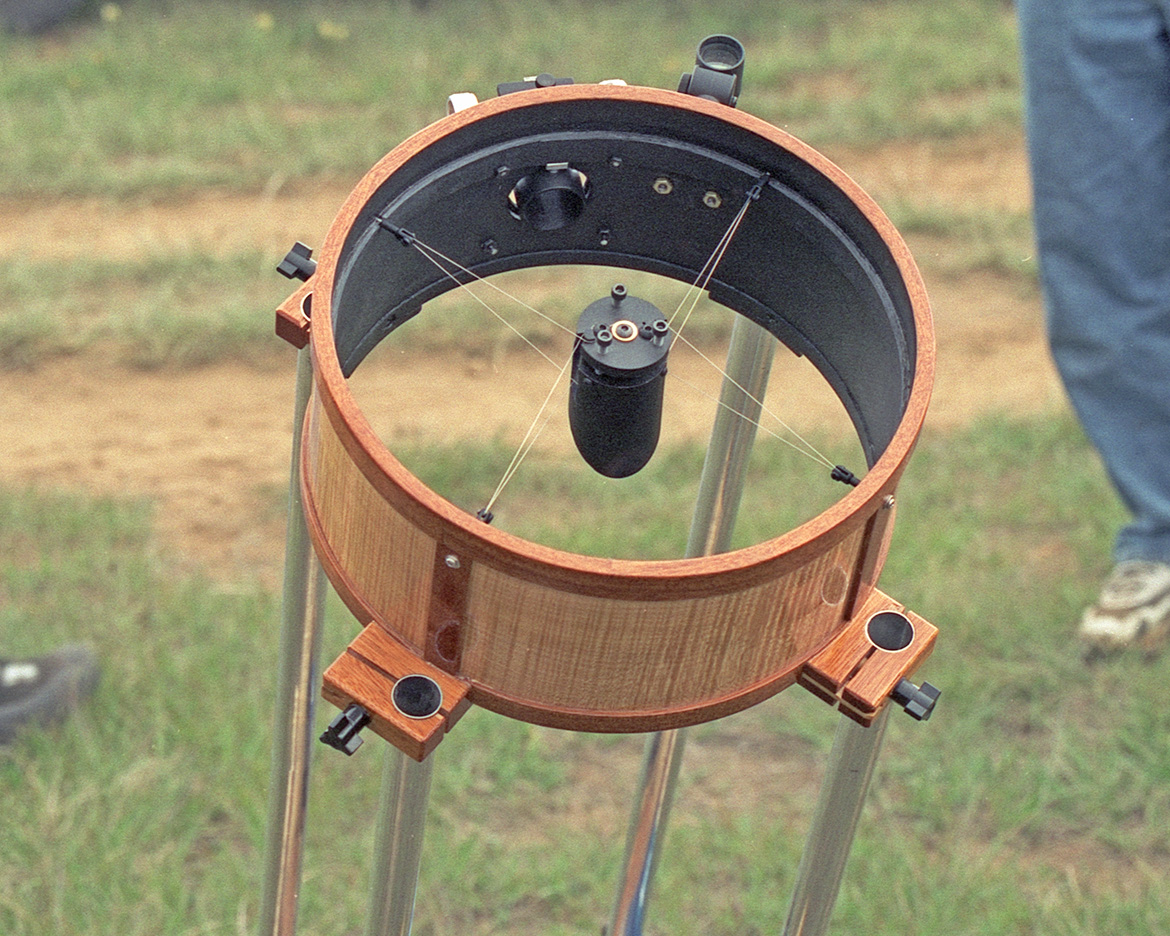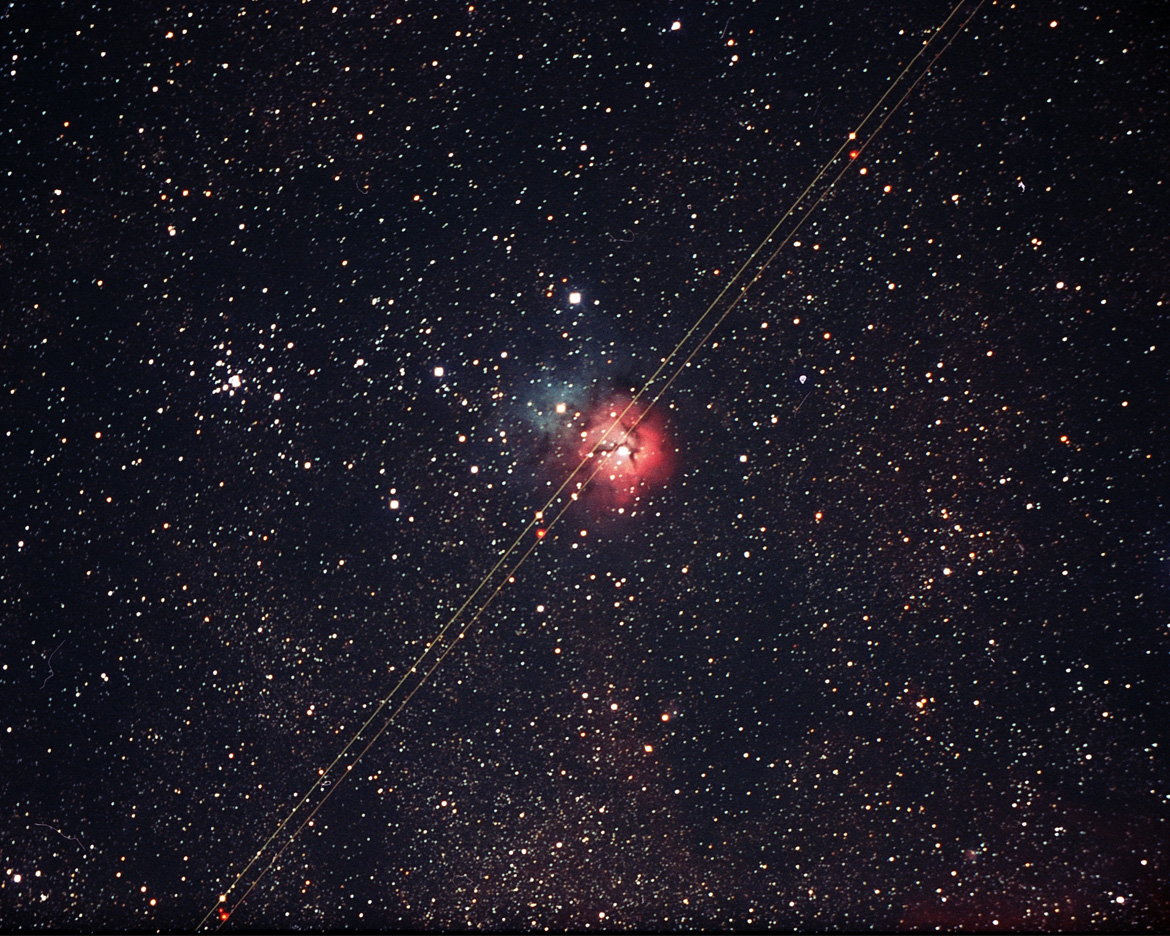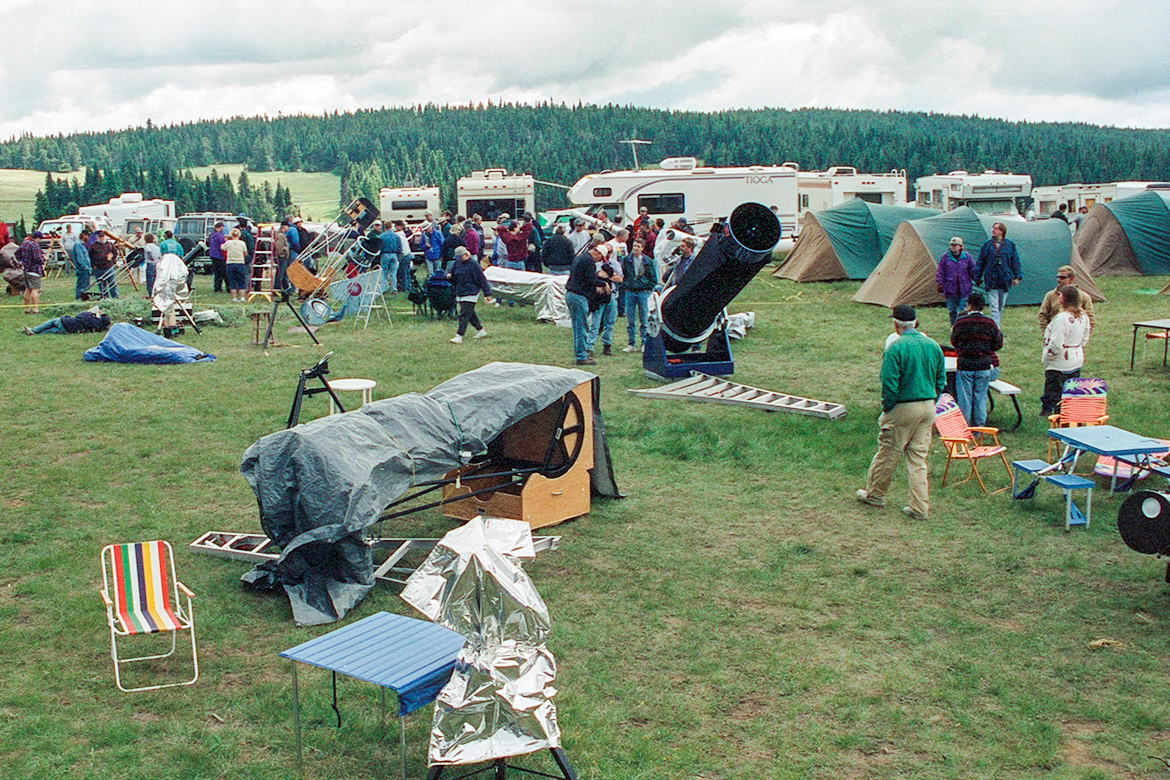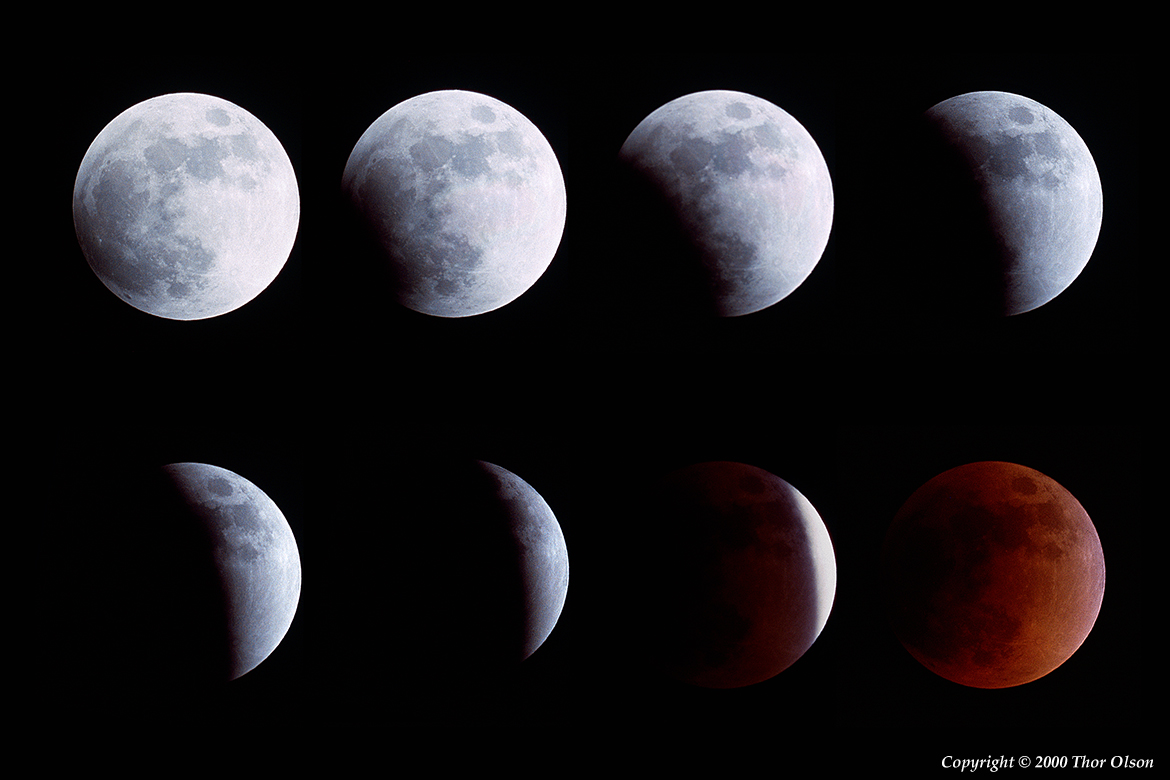
Minnetonka MN, 20 Jan 2000, first image 8:55 pm CST
Nikon-F at prime focus of Takahashi CN-212 (Newtonian 820mm at f/3.9)
E200 Ektachrome
I have seen a total lunar eclipse before, but it was by accident, and I was unable to successfully photograph it. This time I knew it was coming and the skies were clear, but the brutally cold temperatures caused me to find excuses to stay indoors. I was goaded into it however by my son, who pointed out that I had acquired considerable cold weather gear, equipment, and specialized clothing for my peculiar hobby. If not now, when would I ever put them to use?
Of course to maintain any sense of pride, I quietly took his point and proceeded to set up in the neighborhood open area. It is directly under a streetlight which exposed my activities to the neighbors, whose curiosity was not deterred by the temperature. By the time the edge of the moon started to dim, a small group of kids and their hardy parents had assembled to see what would happen.
Our informal eclipse party would last for the next few hours, with people cycling through neighboring houses, returning with hot chocolate, warmed-up feet, and more participants. My own schedule called for taking an exposure every ten minutes, not quite enough time to leave my post.
It was enough time to explain what was happening and to show views though the telescope as the edge of the Earth’s shadow crossed the face of the moon. I like to explain that if we were on the moon, the Earth would be backlit, and that everywhere along its edge is at either sunset or at sunrise. The sky there is familiar to us: red and orange, the colors refracted slightly around the Earth’s edge by the air. It is this reddish-orange light source that illuminates the moon when the sun no longer hits it directly.
It is interesting that the edge of the shadow shows a bit of brownish cast. As the last bit of direct sunlight hits the very edge of the moon, the orange-brown shadow details emerge. It has been there all along, but our eyes can now adapt to this much dimmer light level.
These views are quite similar to the visual experience. At full totality however, the moon seemed to be a grayish brown color. The deep red in the photo is not artificial; the film sees it better than we do.

